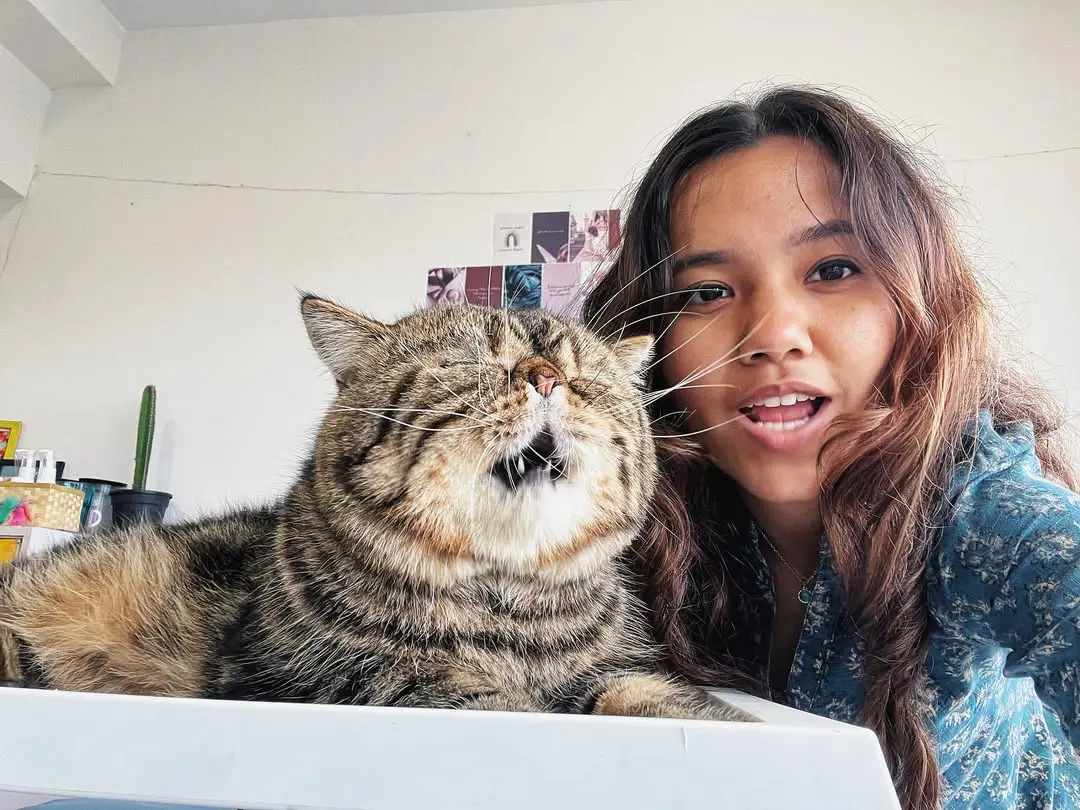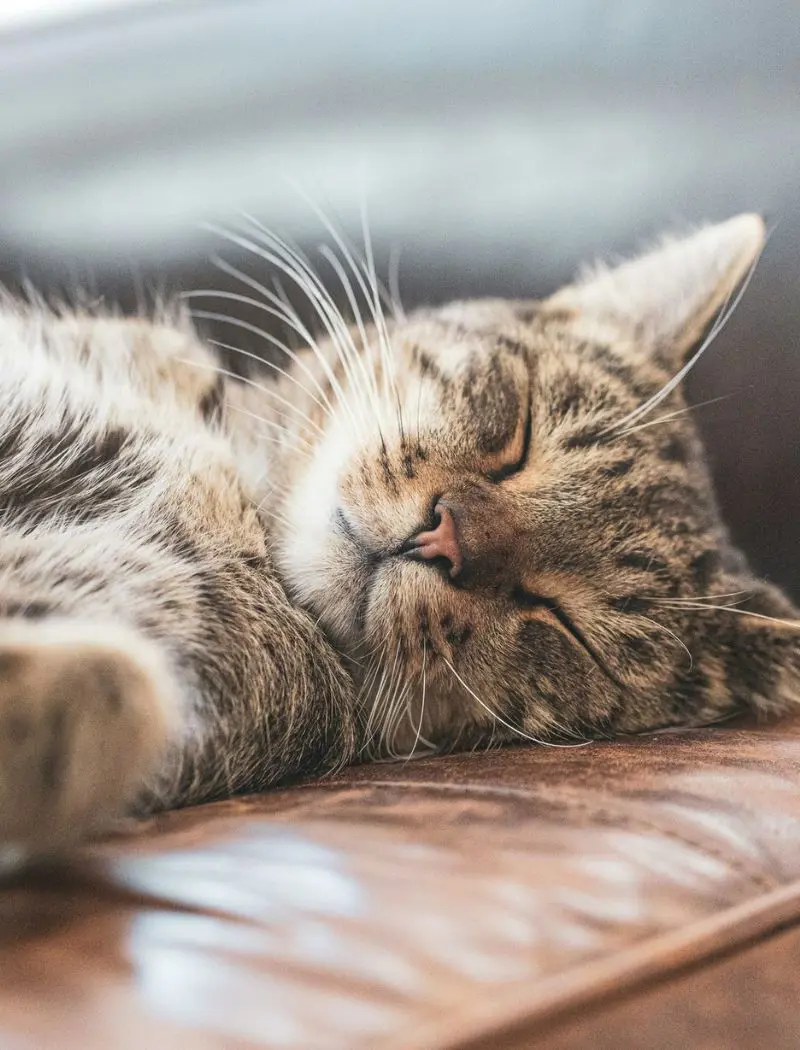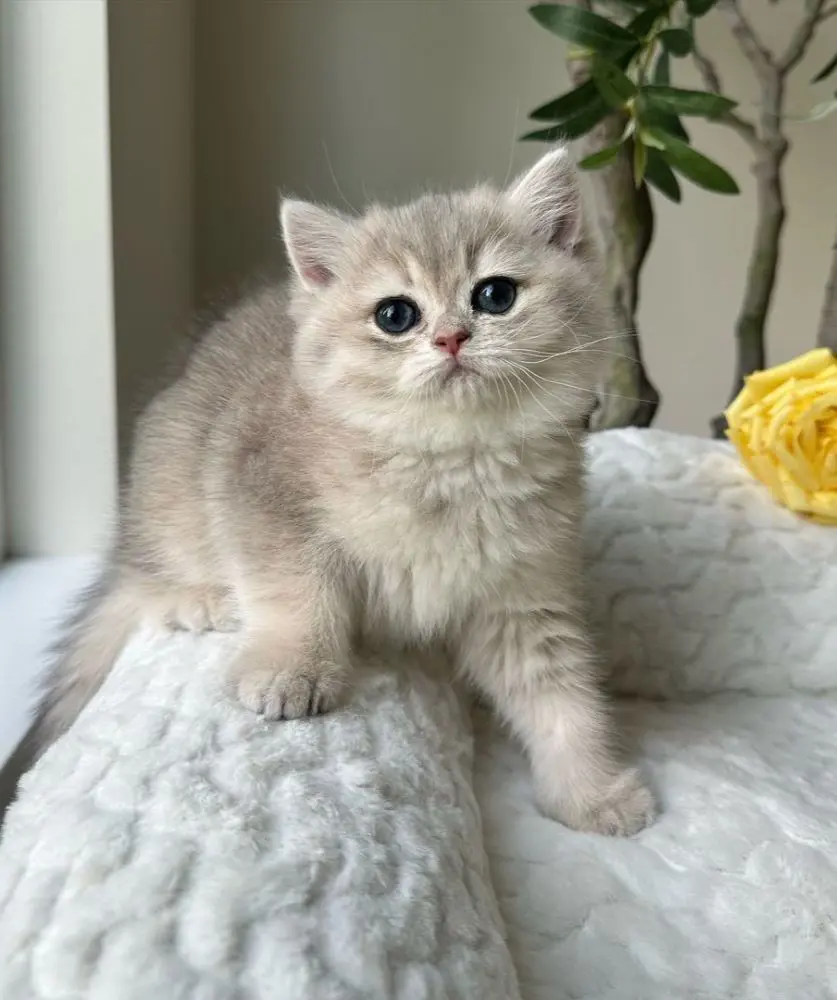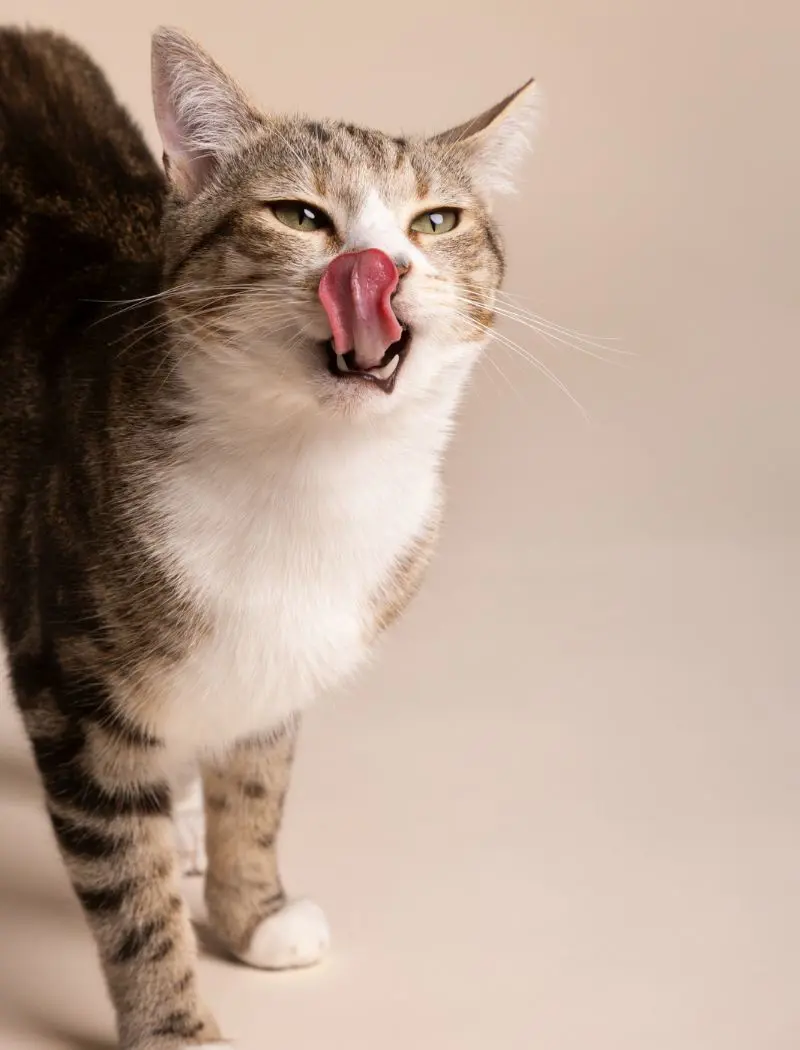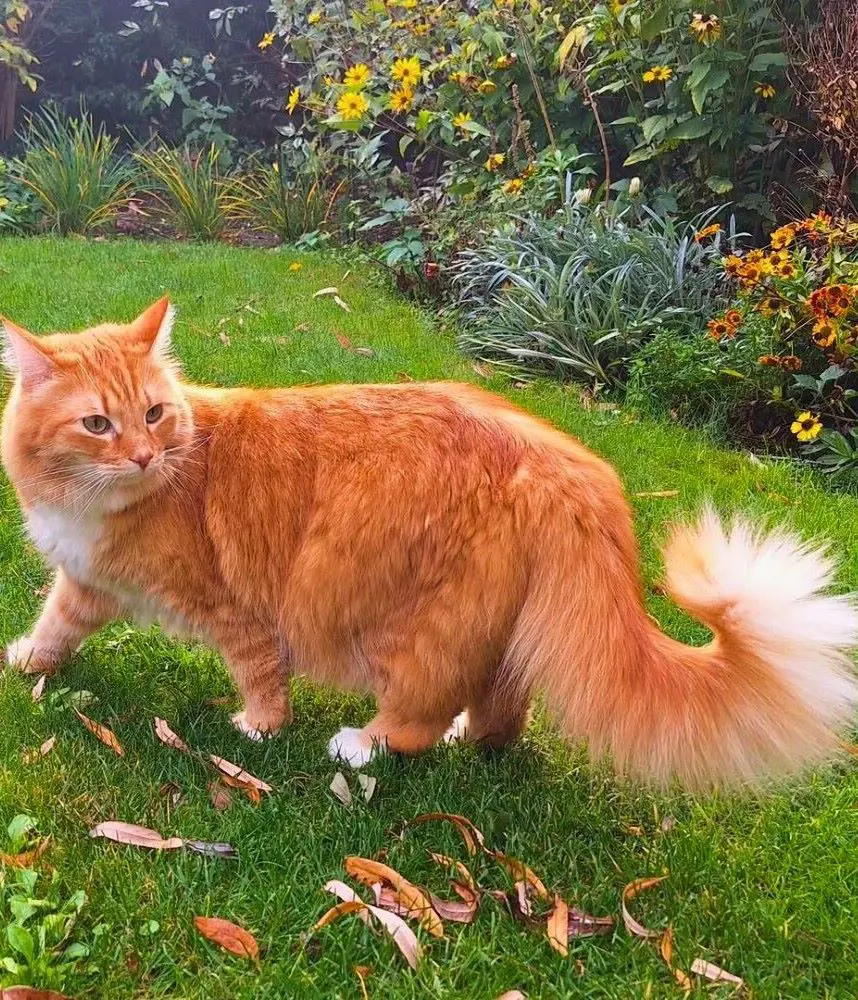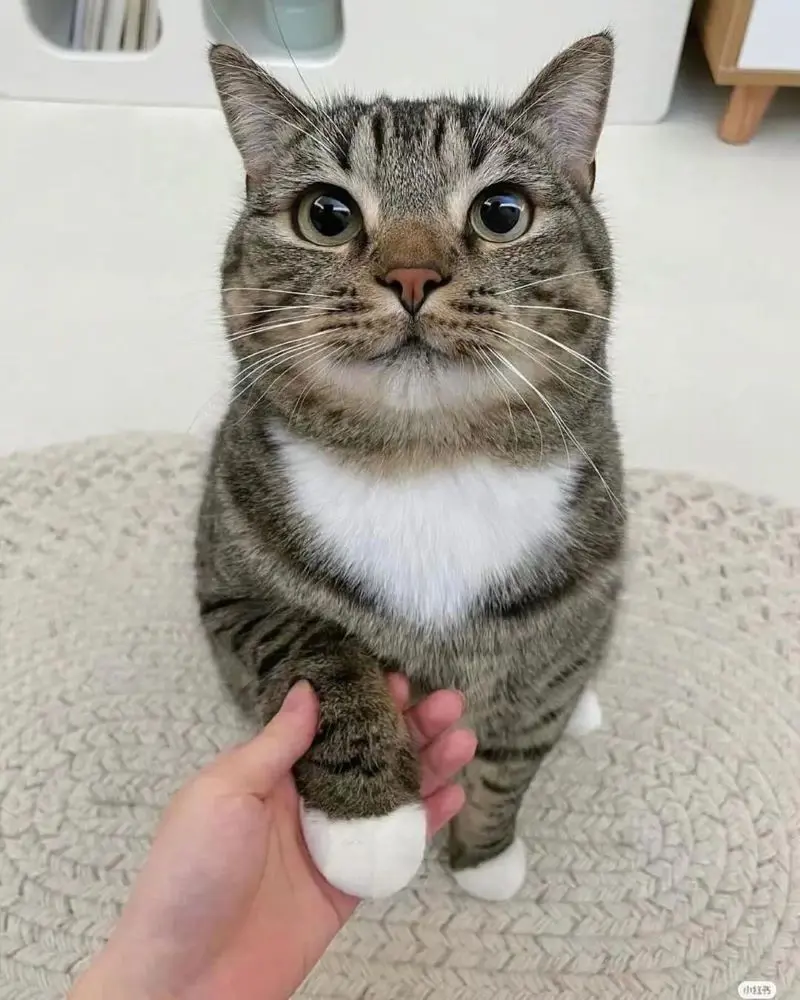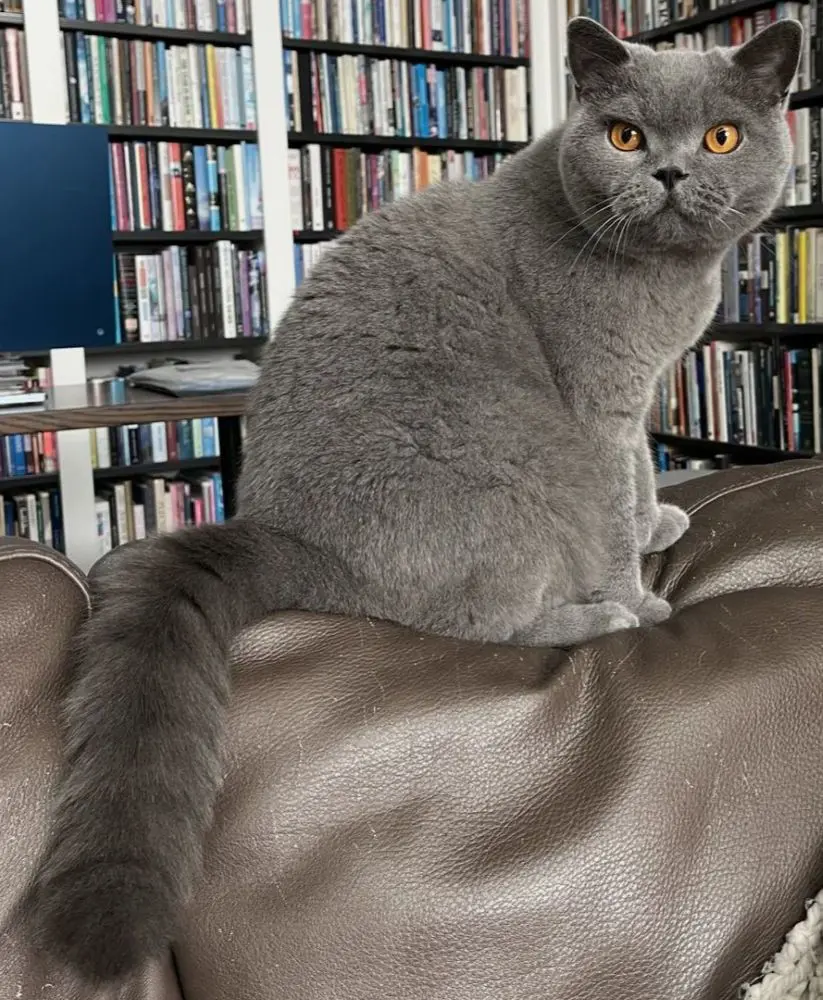15 Interesting Facts About Cat Eyelids
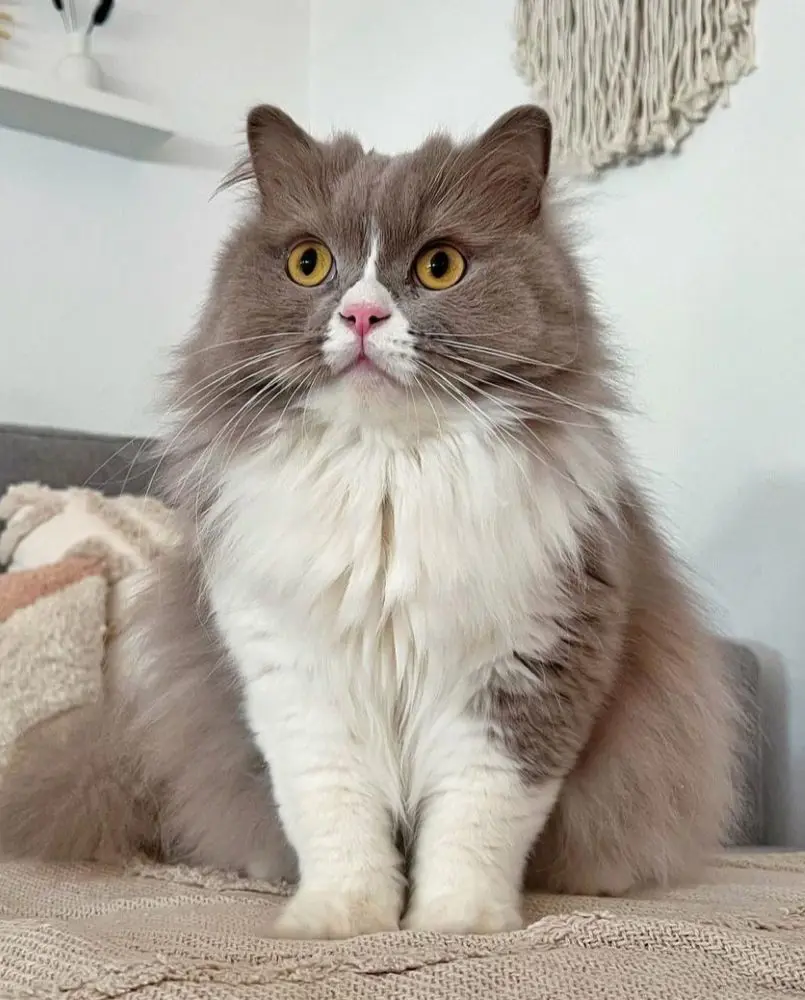
Looking into the innocent eyes of a cat will often make you wonder if they are deliberately trying to trap you into loving them. Their eyes, expressive in nature, are also incredibly vulnerable and need constant support for their smooth functioning.
These thin folds of skin might appear insignificant, but they play a crucial part in protecting the eyeballs while also moisturizing the eyes and removing debris. What's interesting about these pets is that, unlike us, they are not limited to two eyelids.
In this article, we'll discuss 15 interesting facts about a cat's eyelids, along with debunking the mystery surrounding the hidden eyelid.
1. Cats Have A Third Eyelid
Unlike humans who only have two eyelids, cats have a third eyelid. Also called the nictitating membrane, the third eyelid sits near the nose, precisely in the eye's inner corner.
The translucent structure moves diagonally across the eye’s surface when needed, rather than opening and closing vertically like the upper and lower eyelids. The third eyelid in cats is composed of three primary components: the cartilage, glands, and lymphoid tissue.
The third eyelid isn't a rare feature, it is present in all cats, regardless of their breed. Considered a standard anatomical characteristic, the physical property is also available in dogs, reptiles, and birds.
2. Third Eyelid Adds A Protective Layer
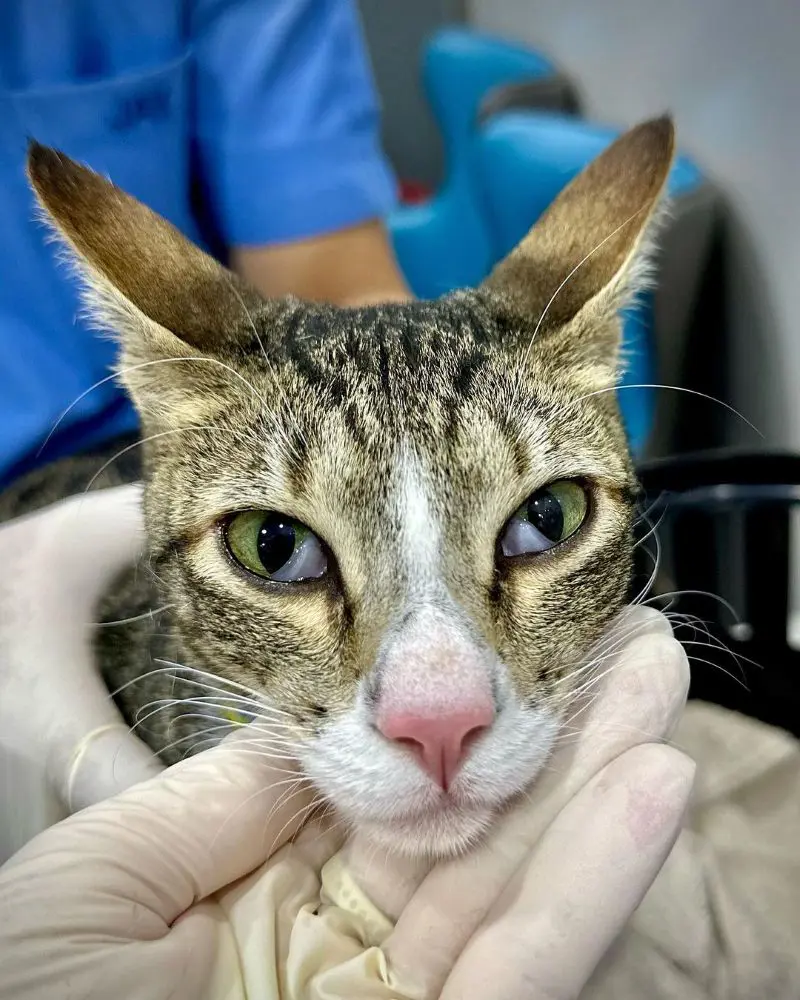
Cat's third eyelid creates a protective shield around the eye without fully obstructing vision; this function is particularly valuable when cats are hunting, playing, or exploring environments where debris or dust pose a risk to their eyes.
Additionally, the translucent nature of the third eyelid aids in guarding the eye while maintaining partial visibility. When a potential threat approaches the eye, the third eyelid reflexively covers the cornea, thus protecting it from direct impact and foreign particles.
The lymphoid tissue, meanwhile, provides an immune barrier to capture and neutralize harmful pathogens. The combination of physical and immune protection makes the third eyelid indispensable to a cat’s eye.
3. Third Eyelid Is Not Normally Visible
In normal circumstances, the third eyelid remains retracted into the inner corner of the eye. If the cat is healthy, the third eyelid only becomes visible when actually needed, such as during sleep, when protecting the eye from injury, or when sweeping away debris.
As it is controlled by specialized muscles and nerves, the third eyelid remains hidden unless triggered by certain conditions. For example, when a cat is relaxed, drowsy, or recovering from illness, the third eyelid may become partially visible due to reduced muscle tone.
4. Helps In Tear Production
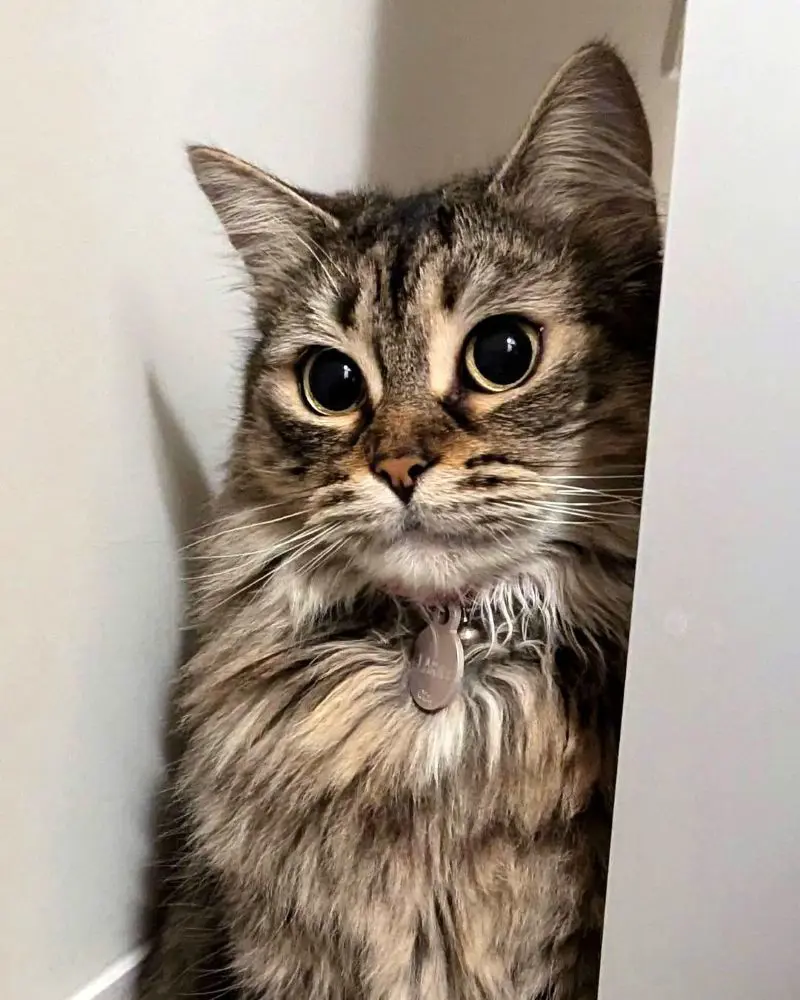
A cat's third eyelid, or nictitating membrane, contains a specialized gland responsible for producing part of the tear film that covers the eye. The tear film has three main layers: aqueous (water-based), lipid (oil-based), and mucous; these three layers work together to keep the eye moist and maintain a smooth surface for clear vision.
Additionally, the tear produced from the third eyelid is vital due to the continuous moisture it supplies to the eye, preventing dryness and irritation. Combined with the tears from the main lacrimal glands, the eyelid protects the eye’s delicate corneal tissue and helps flush out debris.
5. Aids In Light Regulation
A cat’s third eyelid often provides a shading effect that helps control the amount of light reaching the eye. While the primary mechanism for light regulation in cats is their pupils, which can narrow to thin slits or widen to take in more light, the third eyelid offers an extra layer of protection against intense brightness. Its protection is especially beneficial in bright sunlight or when cats are suddenly exposed to direct light, as the third eyelid can partially cover the eye.
The third eyelid, in conjunction with the two eyelids and pupils, maintains optimal vision and provides comfort in changing light conditions, particularly in cats’ natural outdoor environments.
Although it doesn’t directly adjust to the light in the way the pupil does, the eyelid's movement provides momentary shading, providing the eye’s structures a brief shield from excessive light. This function complements cats' exceptional visual adaptability, helping them transition more smoothly between varying light levels.
6. Cats Have Low Blinking Frequency
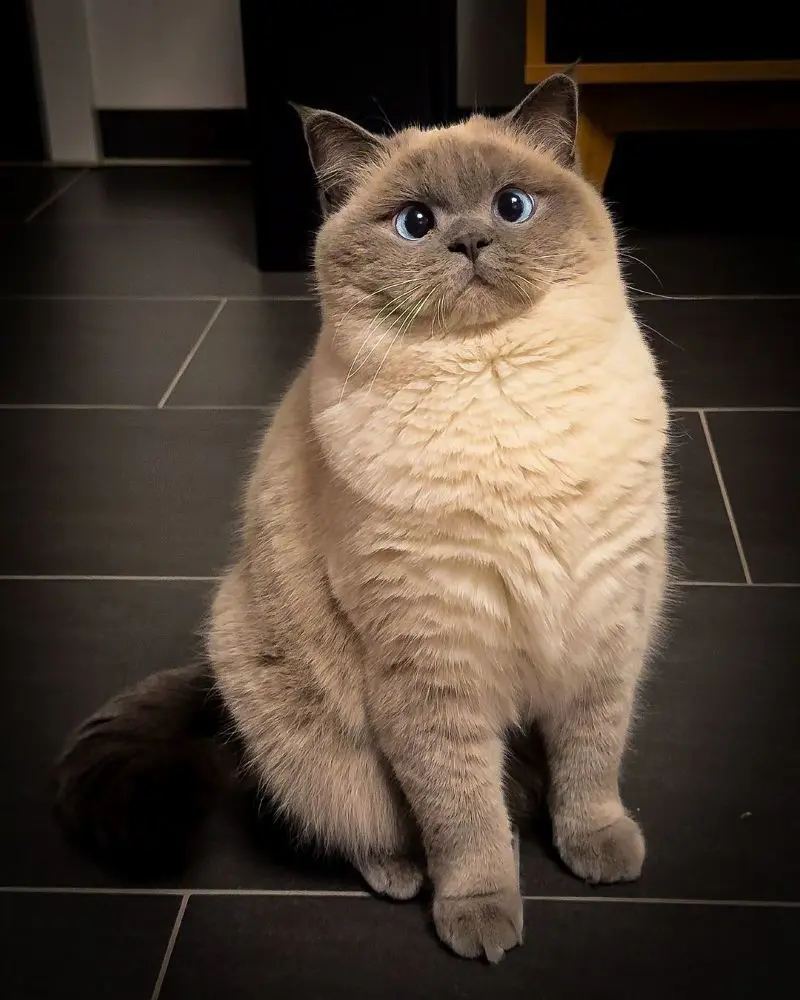
Compared to humans, cats have a much lower blinking frequency. While a normal human will blink around 28.994 ± 12.814 bpm, cats only blink 4.103 ± 2.695 times per minute.
The low blinking in cats is due to the protective motion of the third eyelid that aids in removing debris along with tear distribution, thus reducing the need for frequent blinking. This feature allows cats to go longer periods without blinking.
Additionally, the tear distribution mechanism handled by the third eyelid is advantageous for cats whose hunting instincts often involve long, unbroken gazes and focus. By reducing the blinking frequency, the third eyelid allows cats to maintain steady attention on their surroundings without interruptions, an evolutionary advantage for stalking prey or remaining alert to potential threats.
7. Protruding Third Eyelid Is A Sign of Illness
Although it is harmless for a cat to occasionally show its third eyelid after sleep or while yawning or blinking, extended visibility of the eyelid is not a positive sign.
A protruding third eyelid can be caused by any eye disorder or a different health issue. For example, conjunctivitis is a common eye condition that often results in a visible third eyelid. Similarly, conditions like glaucoma, cherry eye, or any injury to the eye can also reveal the hidden eyelid.
On the other hand, health conditions not related to eyes can also be responsible for a protruding eye lead. Conditions like upper respiratory infection along with some other feline illnesses can also indirectly trigger the symptoms.
8. Eyelids Vertical And Diagonal Movements
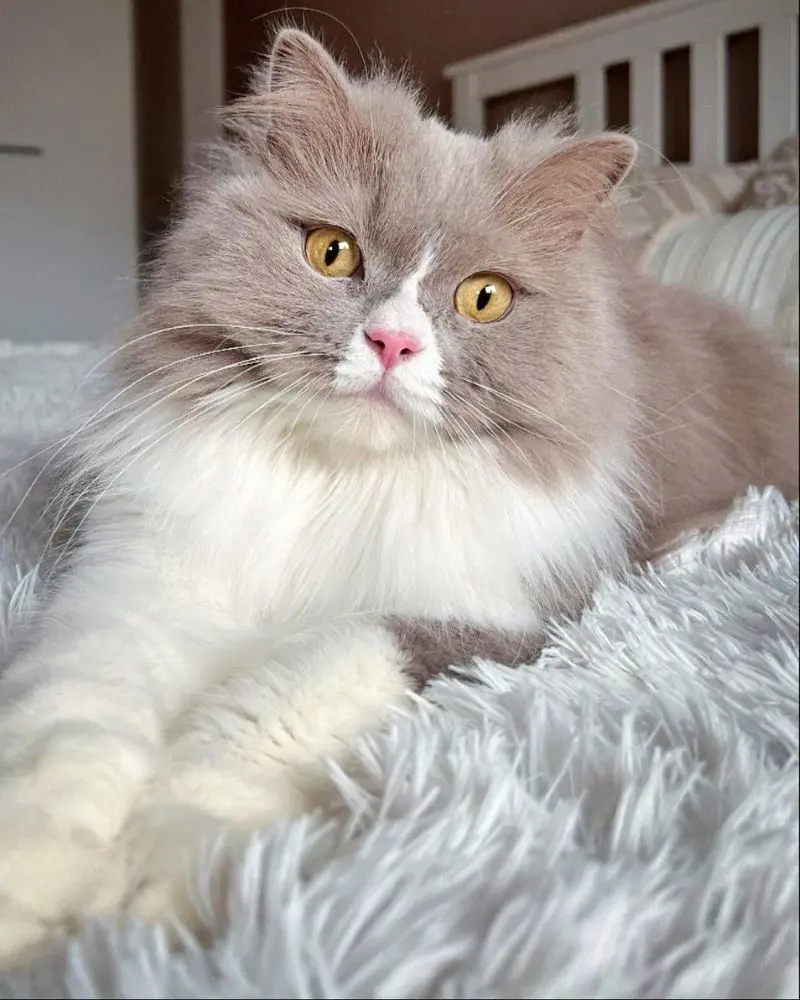
A cat’s normal eyelids - the upper and lower lids - and the third eyelid each have unique movements, serving different purposes and functionalities.
The visible eyelids move primarily in a vertical direction, similar to human eyelids. Similarly, the upper and lower eyelids have quick reflexes and will close instantly if an object approaches the eye suddenly.
On the other hand, the nictitating membrane moves diagonally across the eye from the inner corner near the nose. Unlike the upper and lower eyelids, the third eyelid does not move up and down but rather glides horizontally or diagonally across the eye’s surface. Remaining retracted under normal conditions, the eyelid moves only when needed for protection, moisture retention, or debris removal.
9. Partial Blinks
Cats exhibit a unique behavior where they don't always fully close their while blinking. Whenever humans encounter debris in our eyes, our bodies naturally increase the blinking rate, spreading tears across the eye. The tear, then, flows downwards along with the source of the irritation.
Meanwhile, the mechanism is somewhat different in cats. Felines often rub their paws over their eyes to remove any irritants or dust particles. Once the debris is clear, the tears naturally evaporate. This is an important feature as it lets the cat remove tears and debris by only partially blinking its eyelids.
10. Sensitivity to Touch
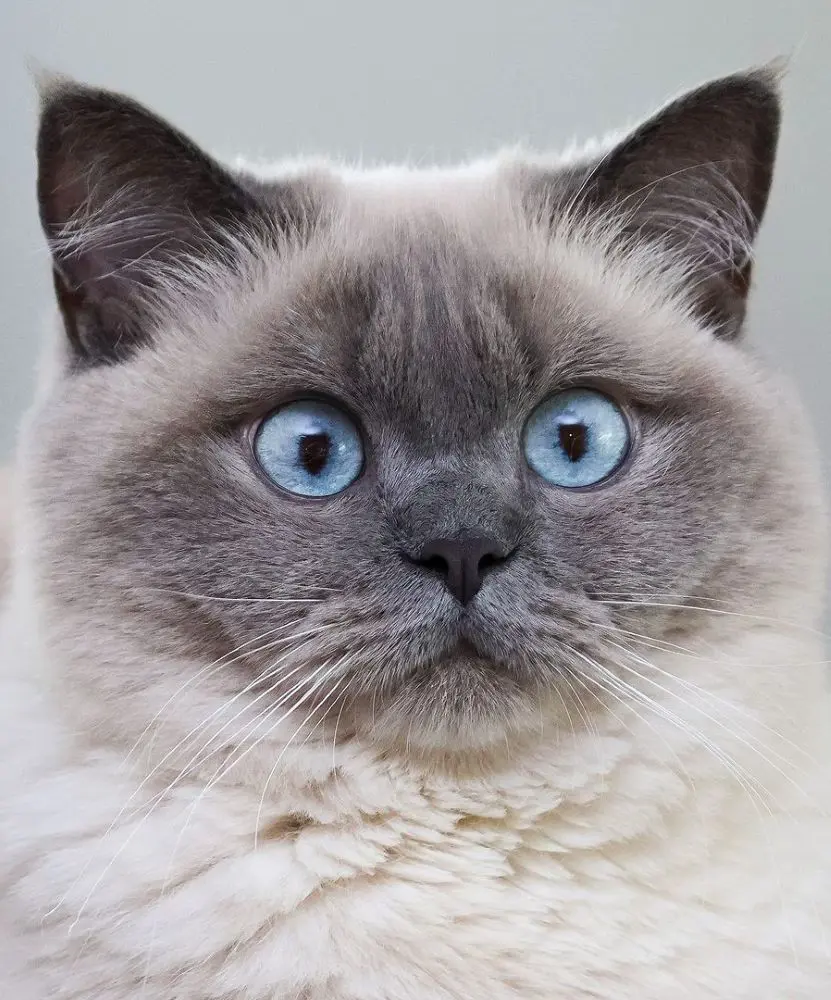
Eyelids are delicate parts of a cat's eye, extremely sensitive to touch. While their sensitivity often makes them vulnerable, it also makes them alert when a potentially harmful object is approaching.
Due to their reflexes, cats can immediately close their eyelids if they perceive any threat or danger. Additionally, cats also possess whiskers and sensory hairs around their eyes; these hair particles are useful in detecting small changes in their environment, often alerting the cat of anything approaching the eyes.
11. Eyelids Open In Sleep Mode
This might sound a little quirky, but cats don't fully close their eyes when sleeping. It's not unusual for a cat to sleep with its eyes open; even when the eyes are closed, they are only partially closed. If you watch closely, you may even notice rapid eye movements (REM) during sleep.
In most cases, sleeping with their eyes open in cats or only partially closed is a normal behavior, not warranting any concern on the owner's side. However, if any sign of injury or illness accompanies the open eyes, including eye swelling, squinting, and visible third eyelid, it could be a sign of an undiagnosed illness.
12. Reflective Layer Cooperation
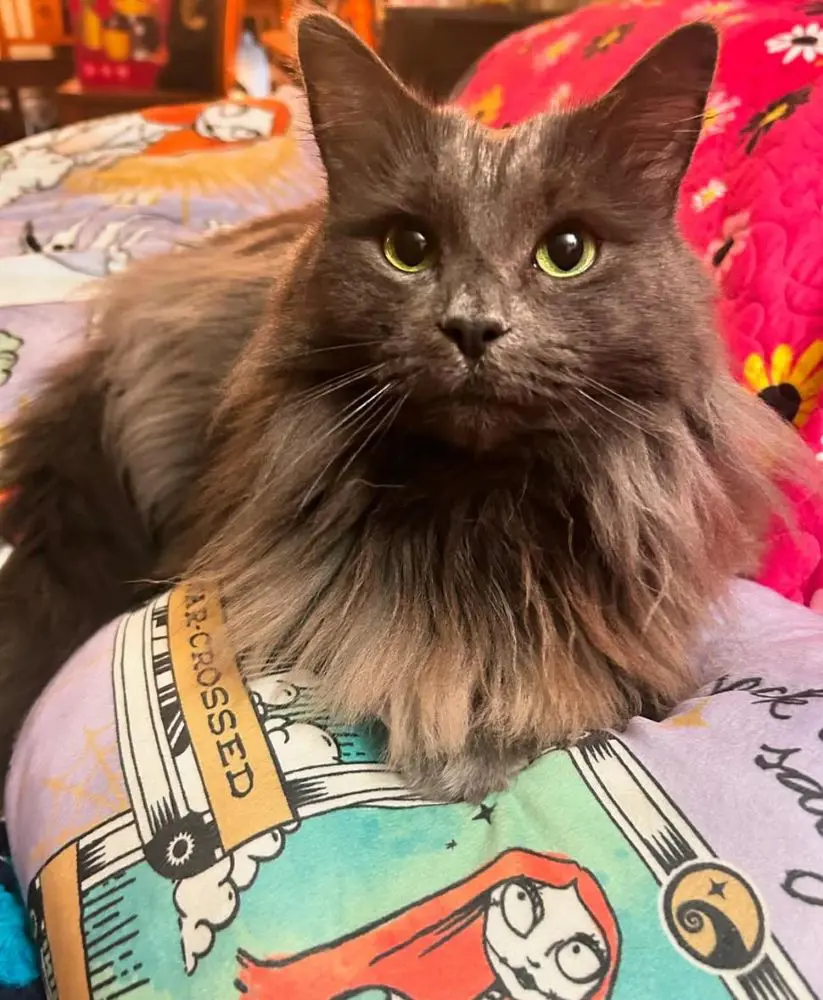
As crepuscular animals who remain most active during dawn and dusk, cats don't do well in extremely bright lights, like that of an afternoon sun. But, worry not; in their thousands of years of evolution, cats have evolved to block exposure to direct and bright lights.
For this task, cats use their eyelids and a reflective layer called tapetum lucidum. Together, these two parts work to minimize light exposure, while at the same time protecting the sensitive retina in brighter conditions. Besides that, a cat's eyelids and its tapetum lucidum also help amplify light during nighttime and in poorly-lit places.
13. Slow Blinks as Communication
Cats often use vocalization or body language to communicate with their owners and others. Although not as expressive as dogs, cats are still considered effective communicators, particularly if you know what to look for.
Slow blinking in cats is one of the most frequent ways of how felines show their contentment. Unofficially called a cat kiss, slow blinking is a normal behavior in generally happy cats who lead comfortable lives with their owners.
Additionally, the slow blinking can also be interpreted as a sign of trust in cats. The rate of blinking often shows a feline's attachment to a human. As cats are vulnerable when they close their eyes, willingly don't it shows that the cat has put its life on your hands.
14. Third Eyelid Substitutes Eyelashes
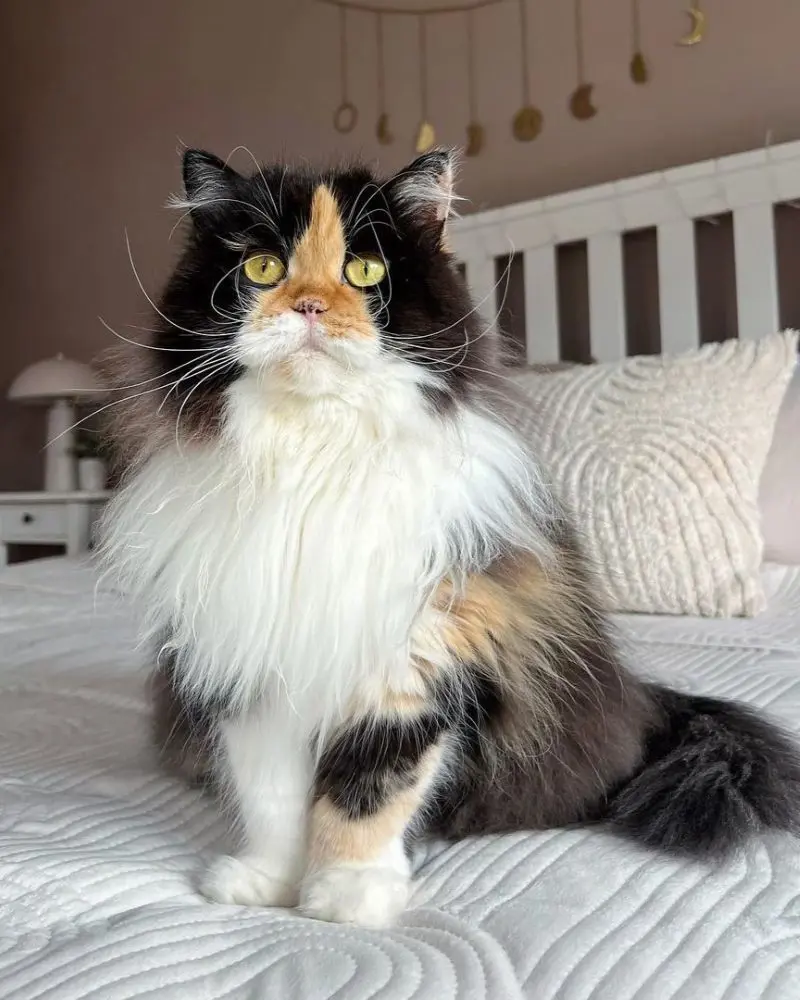
In humans, both eyelids contain eyelashes; these are valuable for protecting the eyes from dust and other harmful debris. On the other hand, you might have noticed that cats have no eyelashes.
The primary use for eyelashes in cats has been taken over by their third eyelid. As mentioned above, the third eyelid spreads tears across the eyes to remove any dust particles or other foreign substances.
Although cats technically have no eyelashes, they usually have a thick layer of facial hair on their upper eyelid, normally serving the same purpose.
15. Protection from Injury
Due to their fast reflexes, cat eyelids are instrumental in protecting the eyes from injury. The photoreceptors in their eyes are vulnerable to external elements like dust, pebbles, and other forms of touching. Even a tiny scratch can seriously damage the retina.
When the eyelids are well, they show an instant reaction to anything likely to cause harm to the cat's eyes. This characteristic is particularly helpful in outdoor cats, who are often exposed to things that can lead to severe eye damage like bushes, metals, and more.
Top Lists
